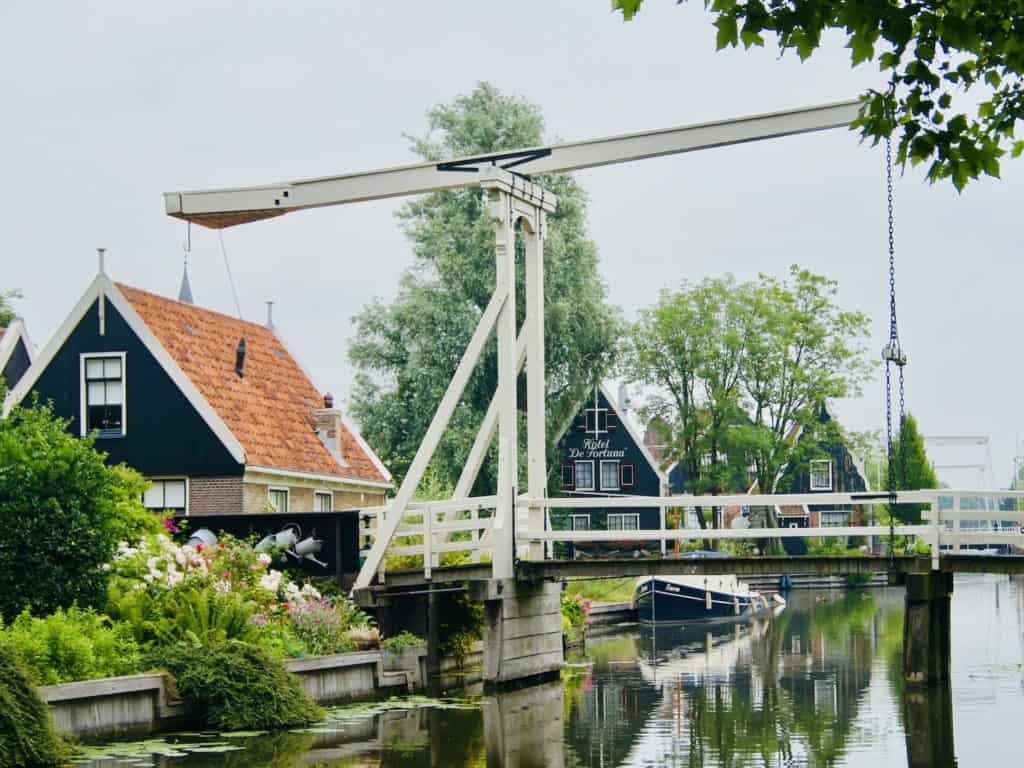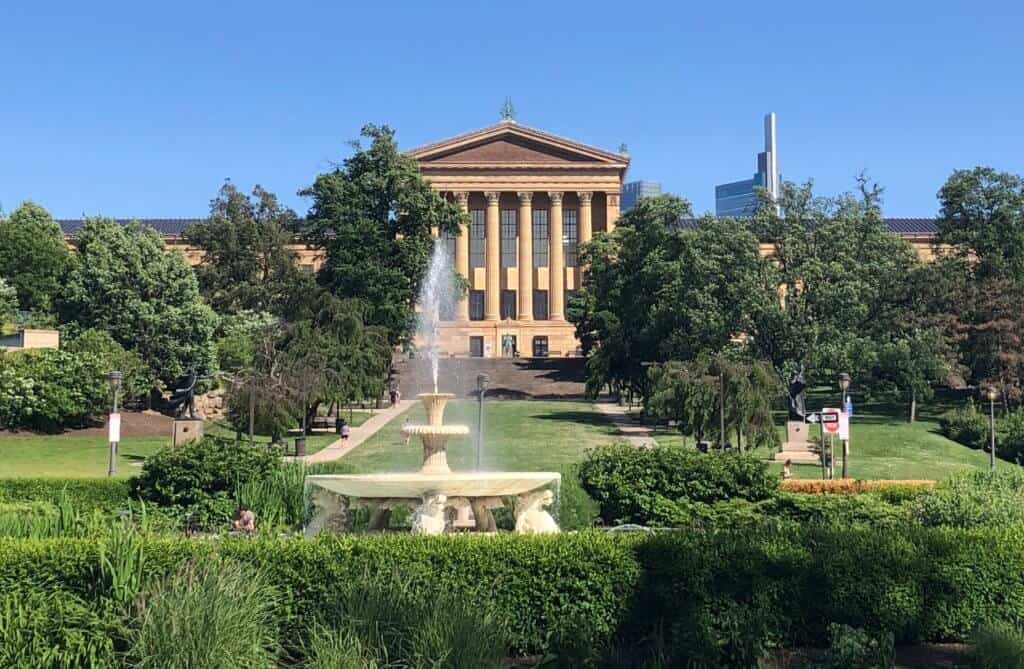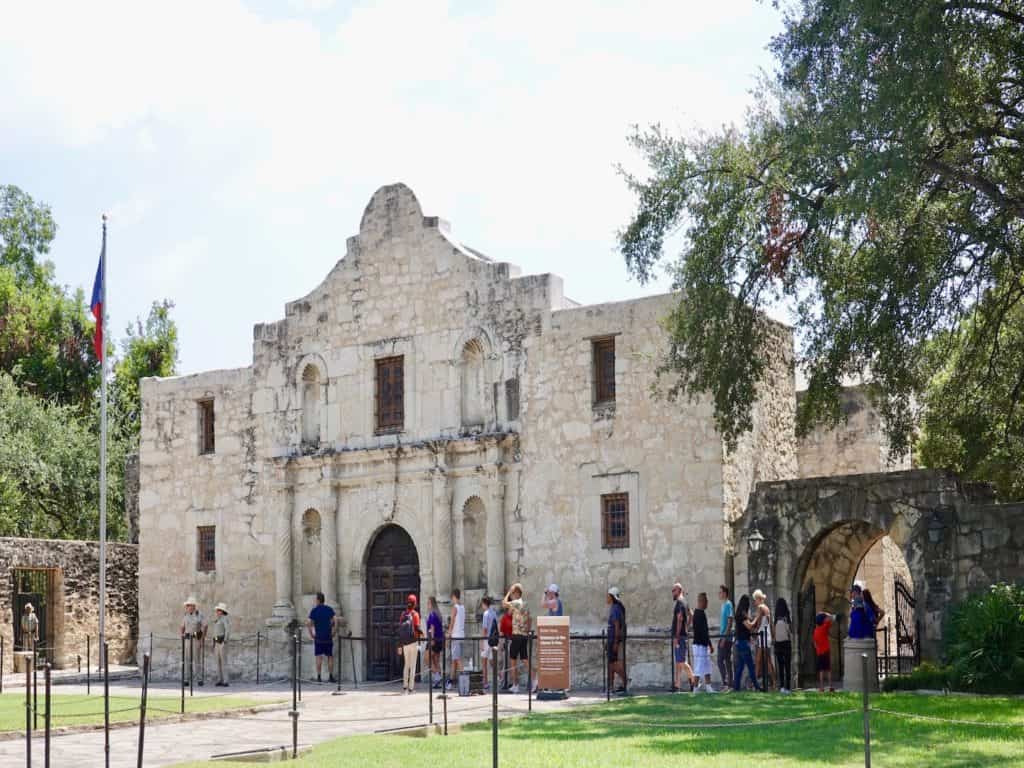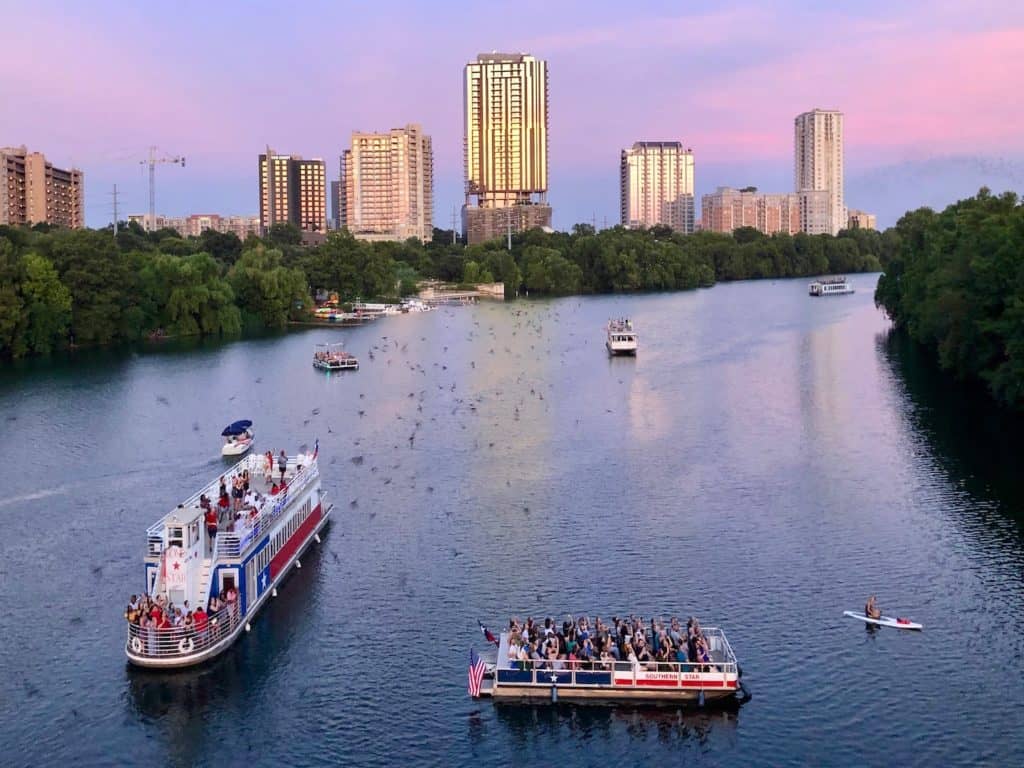Central and southeastern Virginia has lots of early American history, plenty of attractions, and a temperate climate, making it a comfortable place to visit most months of the year. One week enables visitors to learn about the founding of the United States from different angles. In historically chronological order, this trip includes the early English settlement in Jamestown in 1607, the Virginia colony’s capital in Williamsburg (1699-1780), the site of the decisive Battle of Yorktown during the American Revolutionary War in 1781 — all three comprise Virginia’s Historic Triangle — along with the homes of three early American presidents in Charlottesville (late 1700s-early 1800s). Norfolk, in southeastern Virginia, is a nice stop for taking in the country’s naval history. In addition, each locale provides plenty of outdoor recreation options and other attractions to balance a most interesting history-packed road trip to the area. My husband and I enjoyed our visit to all these places and value the deeper look into the country’s history and our varied experiences.
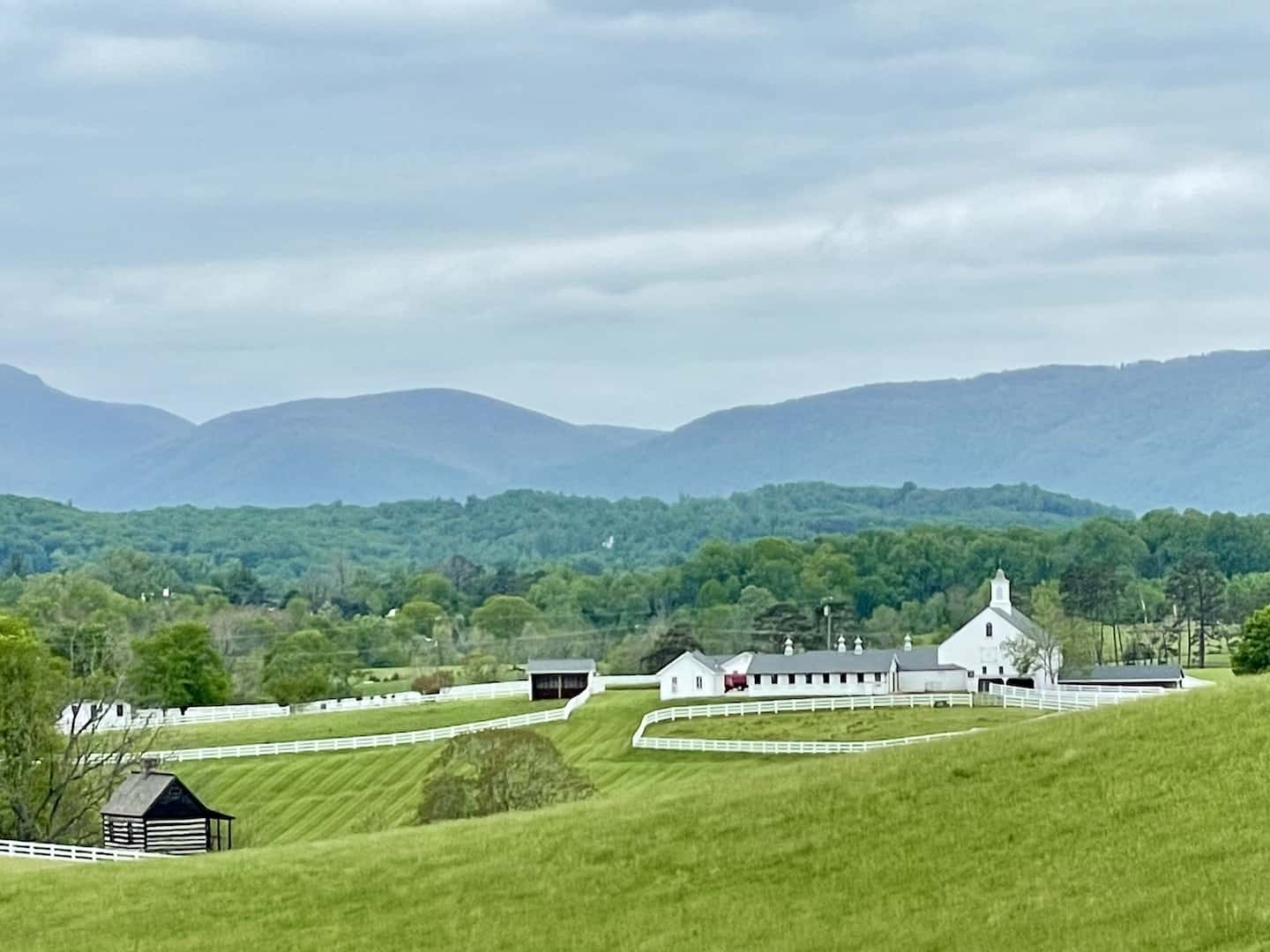
Itinerary Options
You could visit each city in historically accurate order: Jamestown, Williamsburg, Yorktown, Charlottesville, Norfolk. But that isn’t an efficient driving route.
My husband and I mixed up the centuries on our road trip to historical sites in central and eastern Virginia. We began our journey in Charlottesville and stayed for a few days. After that, we drove to Jamestown (about a two-hour drive) to visit its important historical sites and then settled in at Williamsburg later that day to complete our visit to Virginia’s Historic Triangle for the next few days. Finally, we drove to Norfolk for one night.
There’s a lot to explore on this trip, but the good thing is it can all be done with just two home bases: Charlottesville and Williamsburg (with an optional third in Norfolk). Once settled at your lodging, it’s easy to head out and experience what each area offers. Essentially, the trip involves:
- 4 nights in Charlottesville
- 2-3 nights in Williamsburg to explore Virginia’s Historic Triangle: 1 day in Jamestown, 1-2 days in Williamsburg, and 1 day in Yorktown
- 1 optional night’s stay in Norfolk
Trip Extensions
Williamsburg could easily be enjoyed in one day, providing an extra day on this journey, including Norfolk, an hour’s drive from Williamsburg. Of course, if you have the time, you could easily opt to extend your stay in Williamsburg a few days because there’s so much to do in the area. There are golf courses, art museums, water parks, and other attractions. Another option for extending your trip is to include Virginia Beach — only 20 miles from Norfolk.
History, Step by Step
This article lists places to visit in chronological order, historically. As noted, it might be better not to visit them in this order, as it makes for an inefficient trek. Nonetheless, to understand the order of events (and their related sites) covered in this trip, the places listed below begin in the early 17th century and continue through the centuries until today.
Virginia’s Historic Triangle
Taken together, Jamestown, Williamsburg, and Yorktown form Virginia’s Historic Triangle. A quick look at a map shows that these three towns form the points of a triangle and are conveniently connected by the Colonial Parkway. Since they are located close to each other, choosing one place to lay your head at night makes sense. For my husband and me, it was Williamsburg because it’s the largest of the three and offered plenty of dining and activity options.
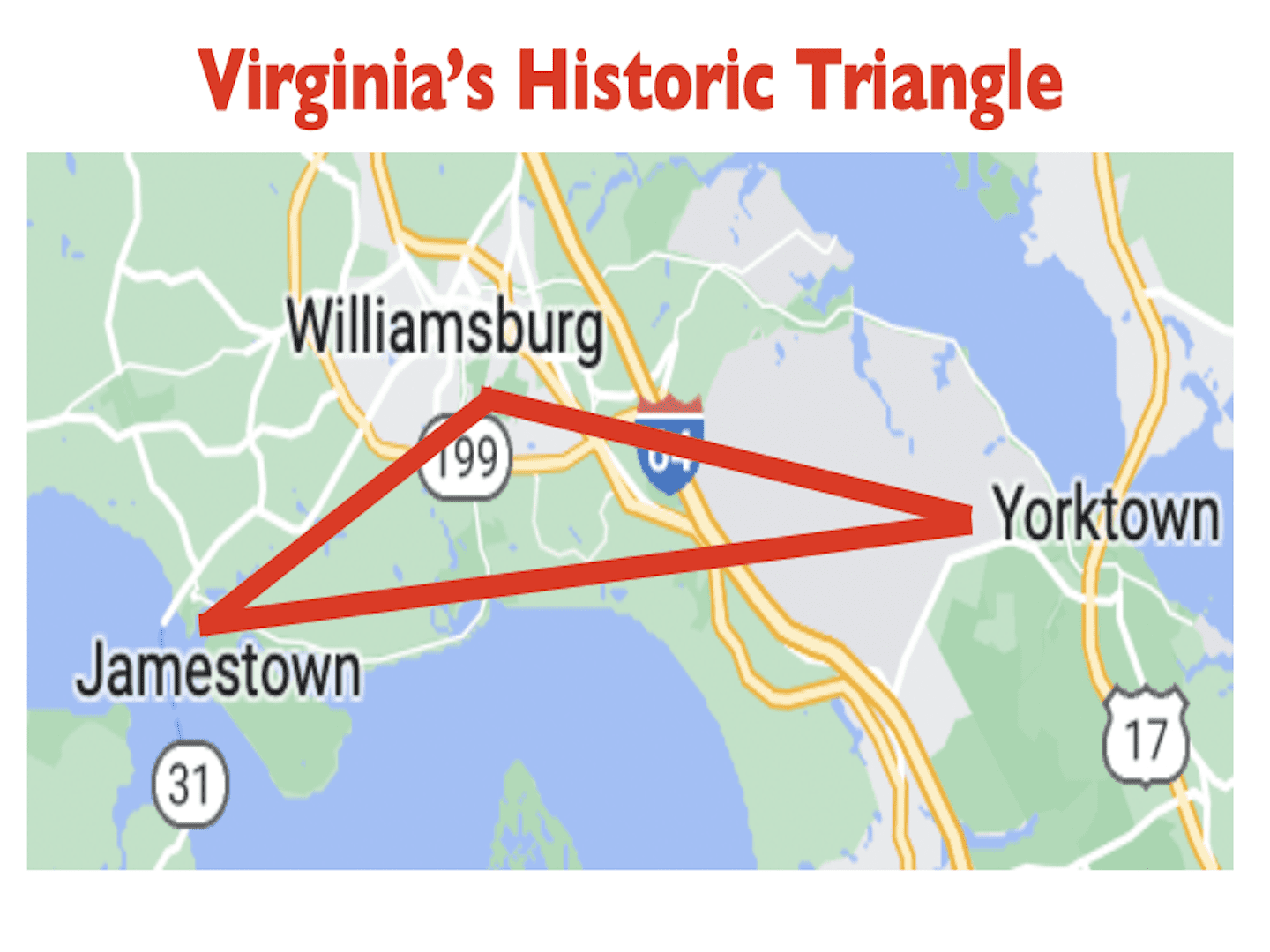
Jamestown
Dating to 1607, Jamestown is the first permanent English settlement in the United States. Today visitors can walk in the footsteps of big names in early American history. This is where Captain John Smith led the early settlers and where Pocahontas married James Rolfe. But visitors learn much more about all the people who once lived in the area over four centuries ago – their lives, relationships with others in the area, and the challenges they all faced.
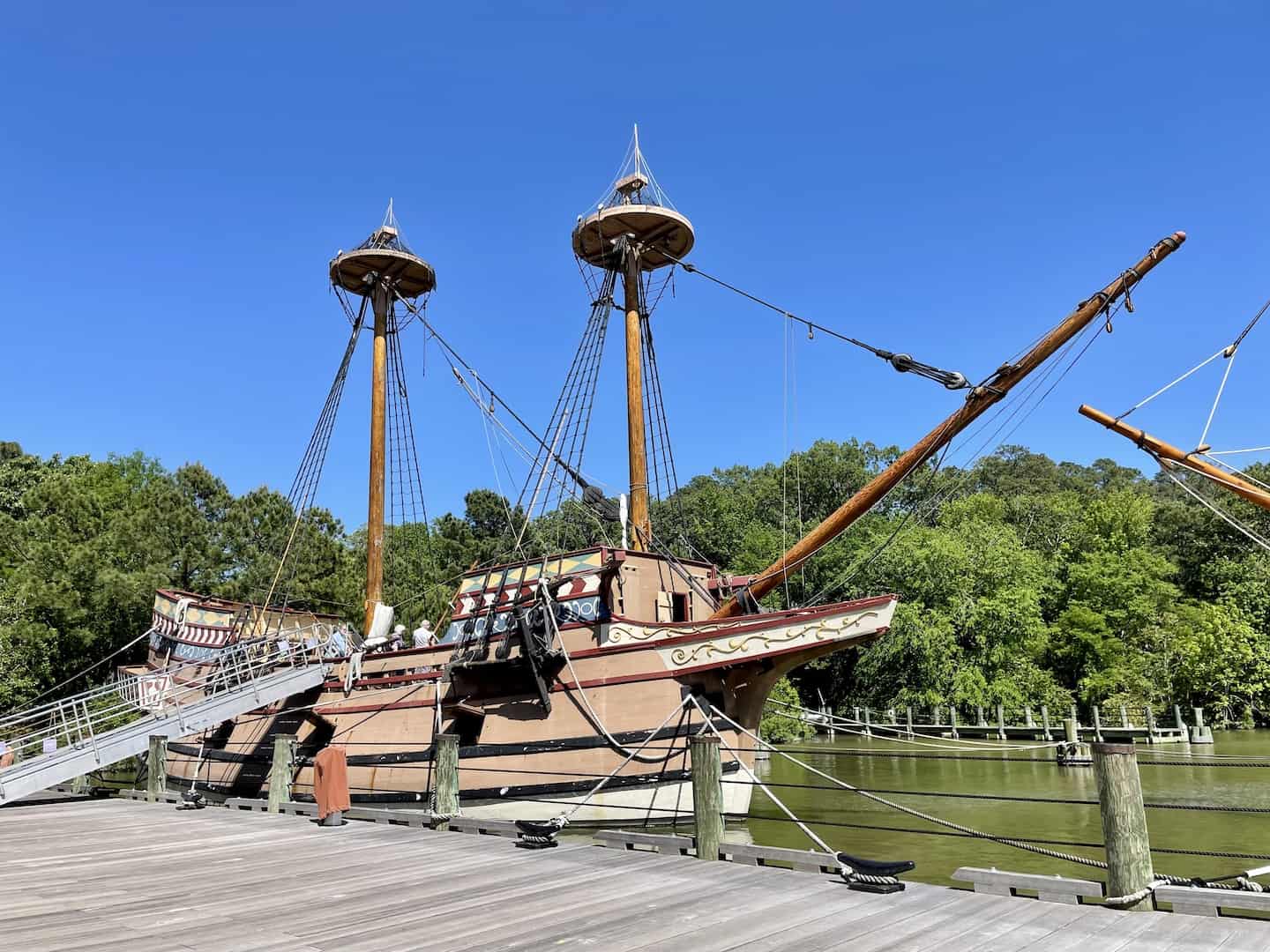
Jamestown visitors can explore this area’s history in two main places. First, the Jamestown National Historic Site has a re-created James Fort and artifacts harvested from archaeological digs and research. Close by is the Jamestown Settlement which has an impressive museum and a living history museum that includes re-creations of the three ships (the Susan Constant, Discover, and Godspeed) that ferried those early settlers from England to the shores of what would later become the United States of America.
Williamsburg
Williamsburg played an important role in American history. It served as the capital of the Virginia colony from 1699 to 1780. It was also the site of conflicts between the royal governor (appointed by the British monarch) and the colonists (who were increasingly restless and unhappy with Britain’s demands on them).
Colonial Williamsburg has dozens of original buildings from the colonial era as well as re-created ones. Visitors can enjoy tours of the Capitol and the Governor’s Palace which housed the royal governor and his family. In addition, there are costumed historical interpreters in the various shops and workplaces of tradespeople (the blacksmith, printer, baker, joinery, cooper, etc.) to get a fuller understanding of Williamsburg in its heyday.
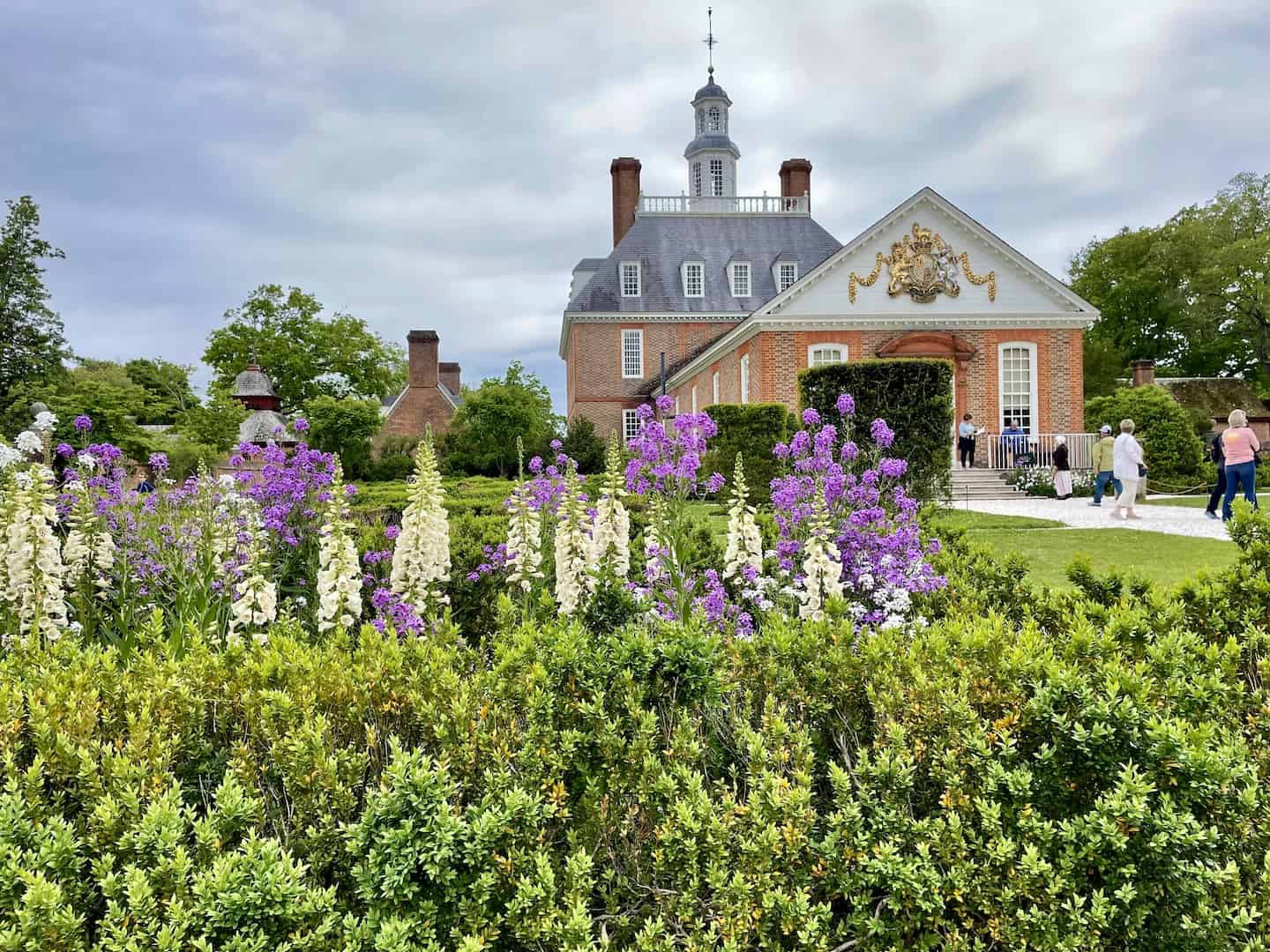
On one end of Duke of Gloucester Street is the Capitol building. Walk to the other end, and you’re at the College of William and Mary, founded in 1693 – the second oldest institution of higher education. Visitors are welcome to walk into the Wren Building to view a classroom as it was used centuries ago. Also in this area is the much more modern Merchant Square with various restaurants and shops. For dining, you can eat at one of the restaurants operated by Colonial Williamsburg or one of the eateries in Merchant Square.
If planning a visit, check out the Colonial Williamsburg website and app. These online tools present plenty of lodging, dining, and activity options in and around the town. My husband and I prefer staying at the Williamsburg Lodge because it offers comfortable rooms within a short walk from the heart of Colonial Williamsburg. Its proximity means we spend more time enjoying the historical area with walks or jogs in the early mornings, visits to the many sites during the day, dining in one of its many restaurants, and strolling the area in the evenings.
Yorktown
Yorktown is probably best known for being where British General Cornwallis surrendered to George Washington in 1781, marking the last battle of the American Revolutionary War. The French allied themselves with the American patriots to thwart England’s plans to defeat the rebellion in the colonies.
Much like Jamestown, there are two main historical attractions in Yorktown. First, there’s the Yorktown Battlefield which includes a visit to the visitor center for a short introductory movie and map, followed by a driving tour of the battlefield. Second, there’s The American Revolution Museum of Yorktown which is an excellent museum retelling the stories of the people and conflicts involved in that decisive battle. Outside is a living history area with costumed historical interpreters explaining the roles of people living in Yorktown in the late 1700s.
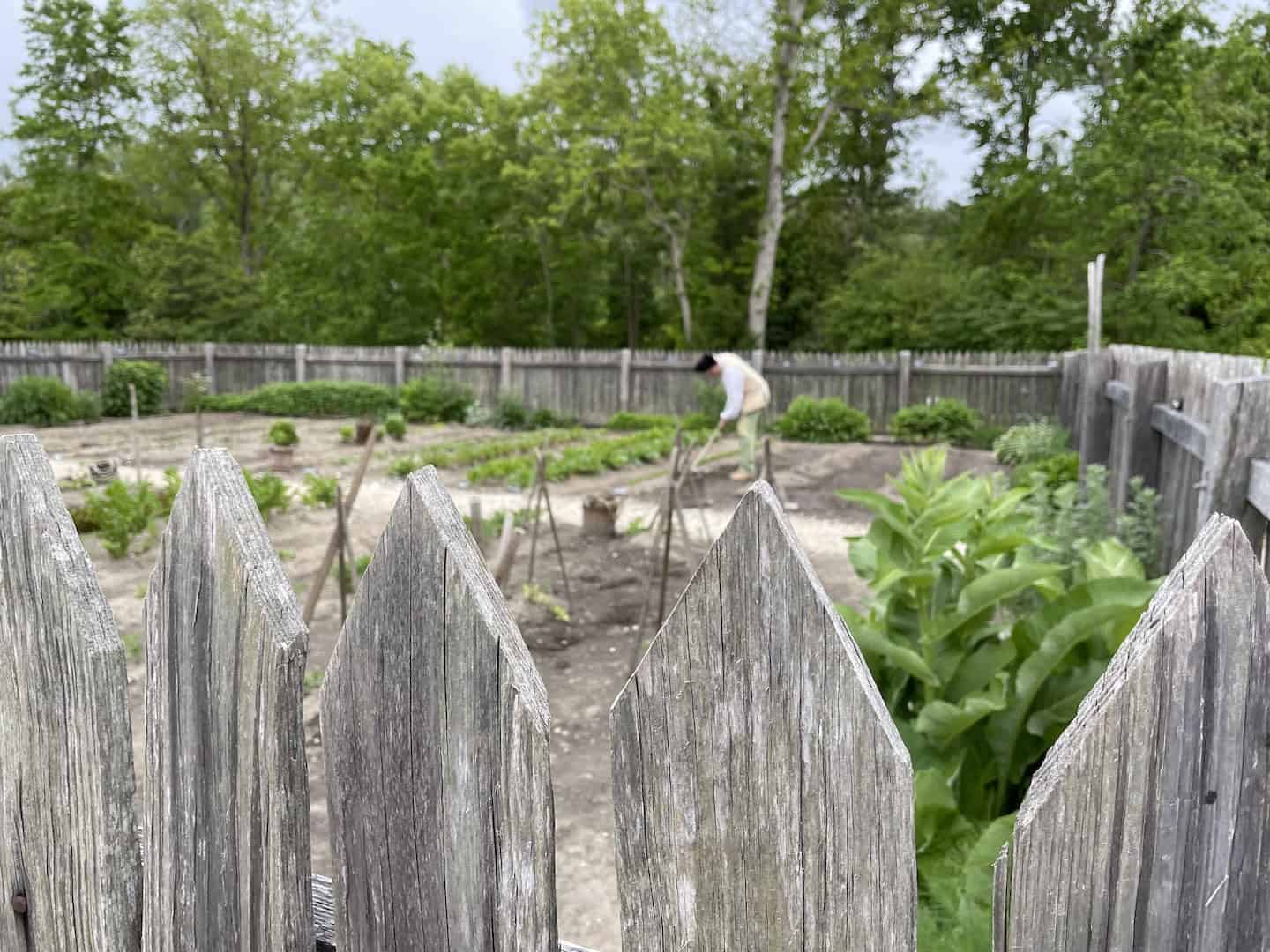
Besides these two major sites, in downtown Yorktown, there are the Yorktown Victory Monument, some historical buildings, a small sandy beach, and the lovely Riverfront Landing with restaurants and shops.
Tip: If planning trips to Jamestown and Yorktown, you can purchase two joint entry tickets to save a few bucks: 1) Jamestown National Historic Site and Yorktown Battlefield; 2) Jamestown Settlement and The American Revolution Museum of Yorktown. Visits to Jamestown and Yorktown sites don’t need to be on the same day, giving some flexibility in planning.
Charlottesville
Founded (and named for British queen Charlotte) in the 1760s, Charlottesville is locally known as C-ville. Three Founding Fathers – Thomas Jefferson, James Madison, and James Monroe – called the Charlottesville area home. Jefferson’s Monticello and Monroe’s Highland are very close to each other. Madison’s Montpelier is about 30 miles north (but well worth a visit). Visitors are welcome on tours of their homes as well to walk along trails on their estates.
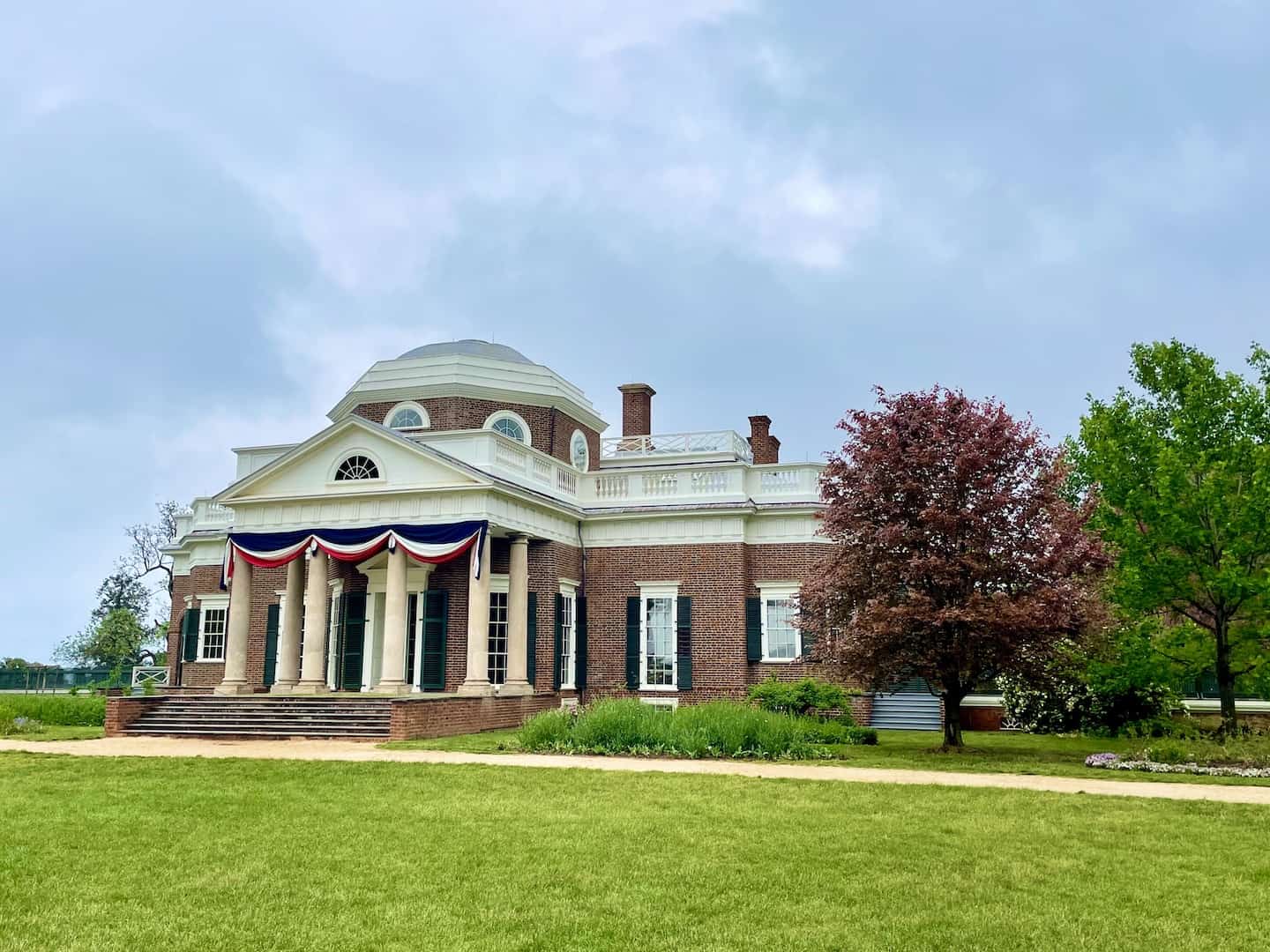
History lovers should also consider visiting the historic core of the University of Virginia, founded by Thomas Jefferson in the early 1800s. His masterfully designed Rotunda is a highlight; this impressive structure offers guided and self-guided historical tours. Plus, there are several other interesting sites – including a dorm room dedicated to Edgar Allen Poe, a student here in 1826 – a short walk away on campus.
Besides history, there are over 30 wineries in and around the city – with plenty of options. Besides the excellent wine, the wineries often offer relaxing spaces for guests. (Some of my favorite wineries also furnish amazing views of the Blue Ridge Mountains.) A few have inns and restaurants, so guests can soak up the entire experience during their stay. Check out the Monticello Wine Trail website for details on the dozens of wineries in the area; the website also has a convenient planning feature if visiting more than one winery on your stay.
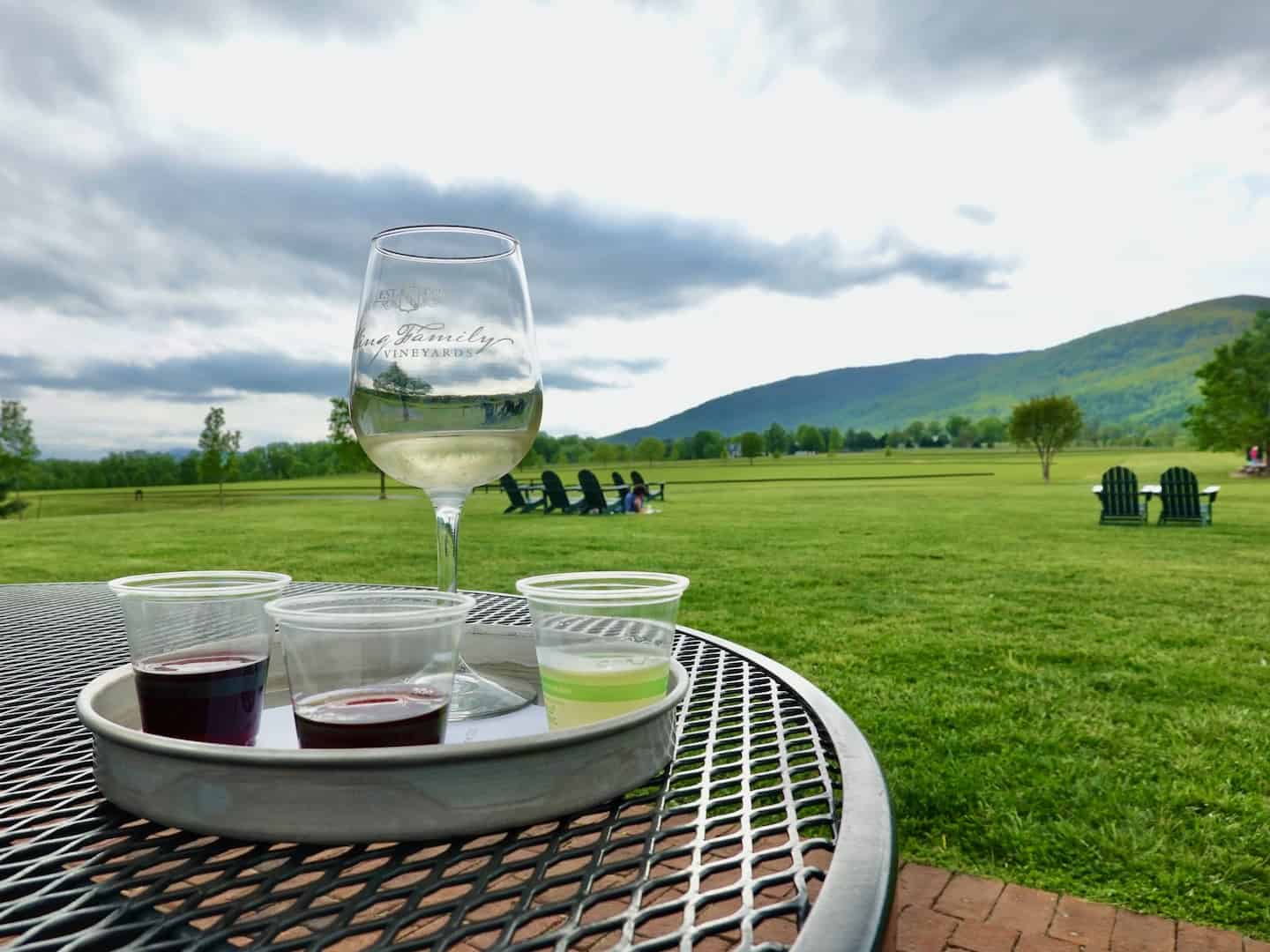
If wine isn’t your thing, no worries. There are several popular craft breweries and distilleries. Of course, the city boasts great restaurants, many of which source their food locally. The Downtown Mall is a blocks-long pedestrian street lined with restaurants, cafes, and shops. Charlottesville has a lively performing arts scene, as well. Something for everyone to enjoy, day or night.
Norfolk
In downtown Norfolk, you’ll find three unique local spots: the Nauticus Maritime Museum with the massive (and now decommissioned) naval battleship U.S.S. Wisconsin to tour; a variety of delightful gardens to wander through at the Norfolk Botanical Garden; and the expansive Chrysler Museum of Art with its impressive collection that includes centuries worth of American and European art.
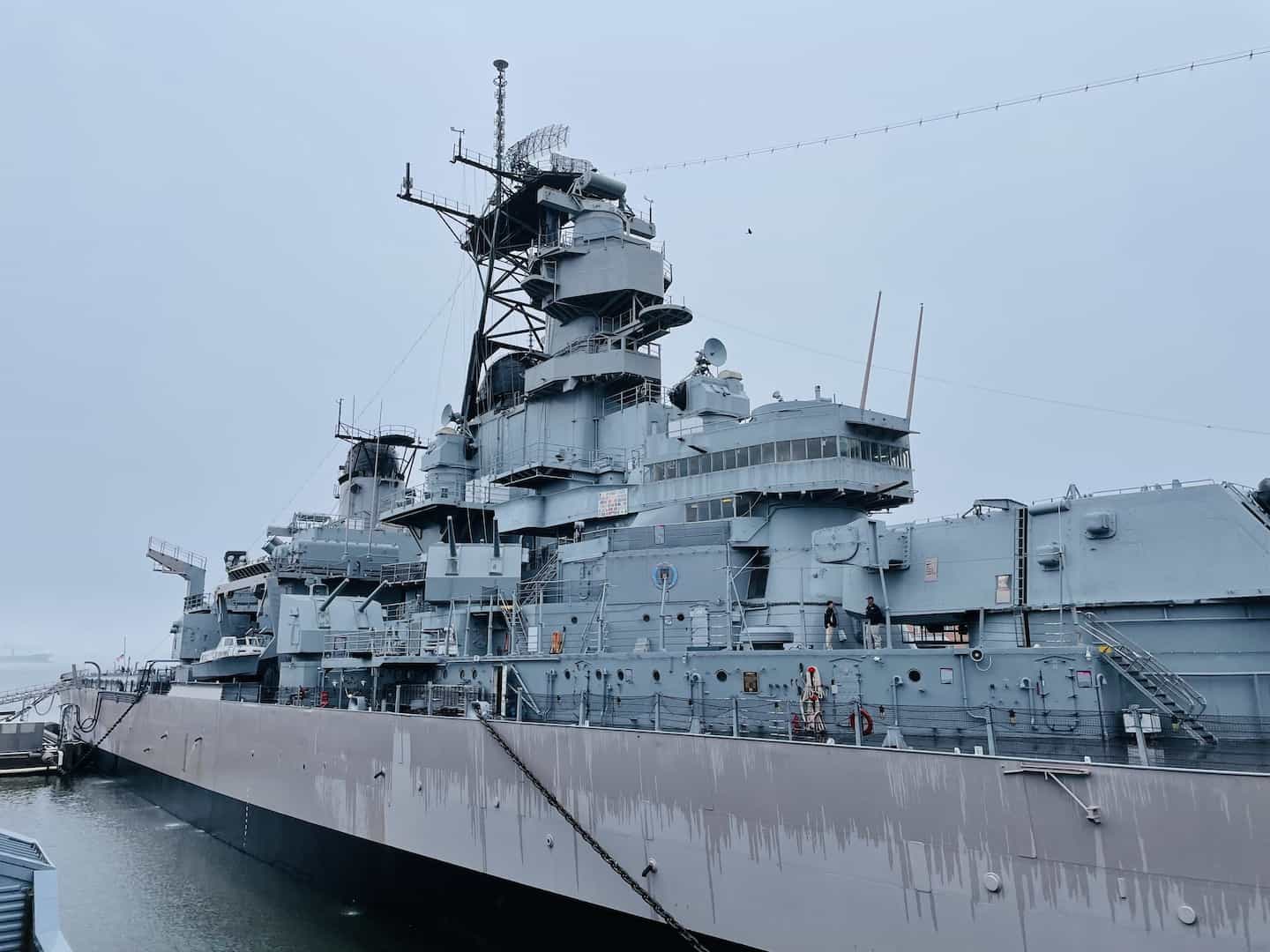
Related Articles
- Charlottesville – Explore America’s colonial history by visiting the estates of three of the country’s founding fathers, walking and hiking scenic trails, and visiting some notable wineries.
- Charlottesville Trails: Take a Walk Back in History – Discover some inviting trails at historical estates — Thomas Jefferson’s Monticello, James Monroe’s Highland, James Madison’s Montpelier — and nearby parks.
- Charlottesville Wineries: Sensational Sips in Virginia’s Heartland – Visit one — or all — of the top ten wineries in the greater Charlottesville area.
- The Historic Triangle: Jamestown, Williamsburg, Yorktown
- Mount Vernon: A Detailed Guide to George Washington’s Home – President George Washington’s home and farm. In addition to a tour of his home, visitors can visit his gardens, tomb, farm, unique 16-sided barn, wharf, and numerous outbuildings that supported the property and those who lived here — including enslaved people.
- Norfolk – Close to Virginia Beach, Norfolk is lively with three top attractions: Chrysler Museum of Art, Nauticus Maritime Museum (with a retired U.S. battleship to tour), and the Norfolk Botanical Garden.
- 16 Best Monuments and Memorials in Washington, D.C. – Visit a few or all of these great monuments, including the most recent ones. Use this guide to plan your visit!
Final Thoughts
Our road trip to Charlottesville, Jamestown, Williamsburg, Yorktown, and Norfolk was so enjoyable. My husband and I typically seek places with historical significance and opportunities to enjoy the outdoors and a region’s natural beauty. This trip does exactly that. It’s a comfortable trip between centuries and covers a lot of American colonial history.
Comments?
Feel free to share your thoughts and experiences from a visit to central Virginia. Your comments could help fellow travelers. 🙂

